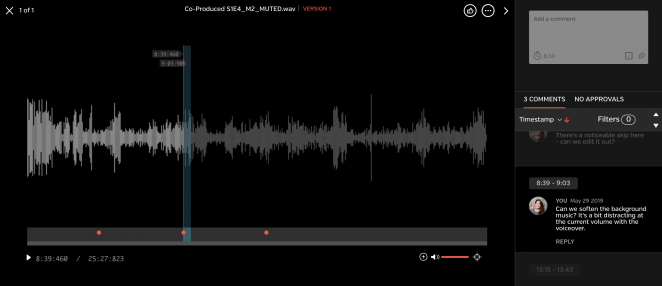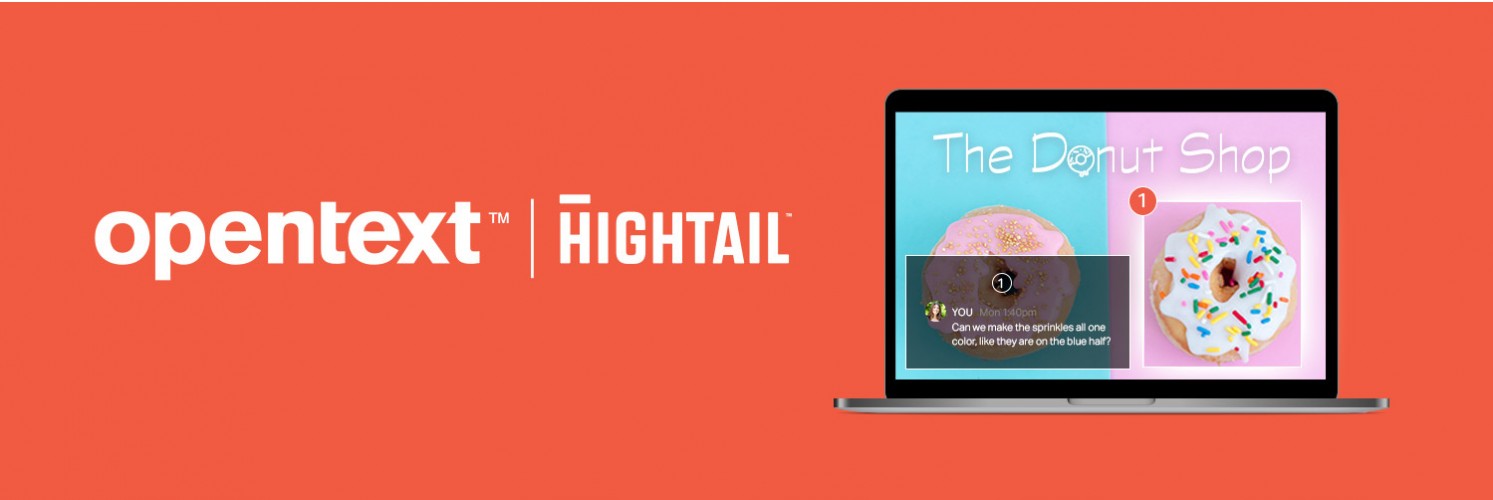Looking for a bigger audience for your content or messaging? According to Statista, a market and consumer data provider, there are about 103 million monthly podcast listeners in the United States—and that number is expected to grow by more than 45 percent to 164 million by 2023.
Podcasting, which reportedly made its appearance in the 1980s as “audioblogging,” can be a great way to increase your exposure and maybe even make a few fans. But it can be a bit daunting to figure out what you need to get started, so we’ve outlined three steps to start getting your voice into the “podcastophere.”
1. Choose a topic and format
Sure, you could just talk about whatever is on your mind on a given day, but the idea is for people to be able to find your podcast. And this is much easier to do if they can come across you when they search for a specific topic.
This should hopefully be something you truly are passionate about, because (1) that’s definitely more enjoyable to research and talk about, (2) that passion can help you engage your listeners better and (3) you hopefully will be talking about that topic for a long time. While it should be broad enough to get you through multiple episodes, narrowing it down into more of a niche can help you become the go-to podcast for a specific topic—so choose wisely.
You’ll also want to start thinking about the type of podcast it will be. According to an article on Medium.com, there are a few common formats for podcasts:
- One-on-one interviews
- Solo commentaries
- Panels
- Nonfiction narrative story-telling
- Fictional storytelling
- Repurposed content (e.g., turning a presentation or webinar into a podcast)
You can also mix and match the different types of podcasts, but having an initial idea of a format can help you decide what type of equipment you need to get started in the next step.
2. Get equipped
Surprisingly, you really don’t need a lot of equipment to get started as a podcaster. A decent microphone is a “nice to have.” But you can even use your mobile phone, according to a Podcastfast.com blog post—especially if your format is a one-on-one interview or a solo commentary. Using your phone’s headphones can help block out background noise, and the post also recommends getting an inexpensive pop filter, a piece of mesh that sits between your mouth and the microphone to reduce the sound from the air that’s blown on the microphone.
You’ll also need an app or some software to record your podcast. If you have an Apple computer or phone, GarageBand comes pre-installed. Anchor or SoundCloud are options that are available to PC and Android users.
If you’re collaborating on the podcast, Hightail can be a great way to share your file and collect feedback on specific timestamps or ranges.

3. Find a home for it and get the word out
Next, you’ll need to choose a podcast hosting platform, which, according to the thepodcasthost.com hosts your audio files and generates an RSS feed that you can submit to directories like iTunes, Spotify, Stitcher, etc. Buzzsprout and Libsyn are two examples of podcast hosting platforms, but you should make sure and do the research to find the platform that meets your specific needs.
Next, you’ll want to let people know about your podcast. (You might want to wait to do this until you have a few recorded to let your listeners know you’re invested as a content producer and keep coming back.) While some hosting platforms can help you submit to podcast directories, you can also go right to the source. Stitcher, for example, has a partner portal you can sign up for.
And just like that, you’re ready to become a podcaster, good luck! (For more on how to collaborate on your podcast, please read 4 steps for speedy podcast production.)



